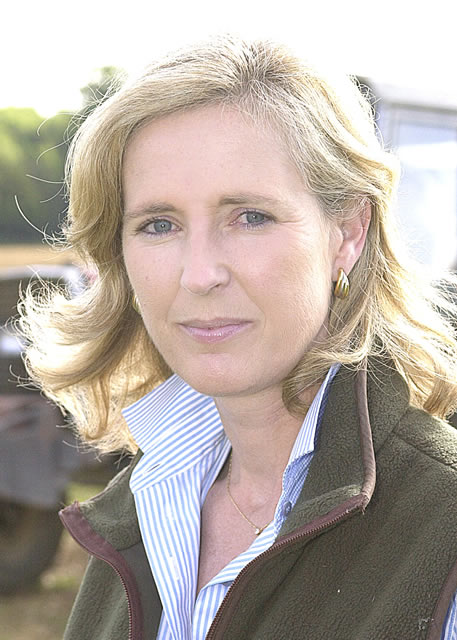Eventually we have had a succession of dry days which has enabled us to get onto the fields during the weekend to drill the Winter Beans. We now have just 16 acres remaining of winter wheat to sow in a particularly wet field. If we have a few more dry days with some wind and sun, we hope to get it planted during the week.
There is a fine line between the soil being just too damp and sticky and being able to get on with the work. With conditions such as we have had this autumn on our heavy weald clay, it is vital to get the crops in with just one pass of the tractor preparing the ground, drilling and rolling as a combined operation.
The proposed second runway at Gatwick Airport is becoming quite an issue as the ‘threat’ becomes a possibility. There have been a number of meetings arranged by those vehemently opposed, which have raised their many concerns, including bringing about the urbanisation of vast tracts of the countryside.
People are alarmed at the prospect that this development might bring approximately another 40,000 people to the area, all requiring housing, water, hospitals and schools.
It seems that the County Councils are now falling in behind the idea and supporting the proposal, as are business groups. It is the local communities, people living in and around the airport and those running rural businesses which depend upon tourism which are all deeply concerned, who are doing their best stop the building of the second runway.
They are wondering if those who make these decisions take into account that they don’t make open countryside any more. When green fields are covered by houses, airports and run ways those acres are lost for ever. And further more, increasing the number of landings and take offs at Gatwick will have a negative impact upon the lives of those living in the area and must tolerate the increased noise.
In many over crowded countries politicians are becoming adventurous and looking at building airports out into the sea. Not just to avoid taking up precious open space and residential possibility, but also so as not to pollute the population with noise and contamination. There is also the potential risk of major accidents in areas of dense population.
The Thames Estuary Research & Development Company (TESTRAD) is putting forward plans to build a new six-runway hub airport in the Thames Estuary off the Isle of Sheppey. Two more than that unveiled by architect Norman Foster some two years ago which was backed by Boris Johnson, who has now set up the TESTRAD consortium. This latest proposal would take seven years to build, cost £47.36billion and create thousands of new jobs.
The government set up the UK Airports Commission last year, chaired by Sir Howard Davies to look into airport capacity in southern England. It is due to publish a list of potential schemes by the end of the year, with a final report due after the 2015 general election.
On 7 October Sir Howard set out the Airport Commission’s emerging thinking on airport capacity. He raised a number of key arguments against expanding aviation capacity in the UK, namely that: there will not be sufficient growth in demand to justify further expansion. The market will be able to accommodate expected demand growth by using existing spare runway capacity. Continuing growth in aviation would not be consistent with the achievement of the UK’s statutory climate change targets, and the government should manage demand growth by supporting the use of airports outside the south east of England.
In the meantime the bosses at Heathrow, Gatwick and Stansted airports are all urging the government to allow them to build additional runways to solve the capacity shortage. These plans are vigorously opposed by Boris Johnson and many organisations and pressure groups local to all three airports.
There are questions as to why the government is so reluctant to get on with it now. The impact upon local businesses, the value of family homes and other considerations is hugely damaging due to the unknown.
The cost of the new airport would be fully recovered by the sale and development potential at the site of Heathrow Airport which offers huge potential for the government, businesses, and housing.
Part of the new Estuary Airport development would include superfast upgraded rail links to Gatwick, Stansted, London and other major cities. The impact on London and the South East would be positive and avoid the unnecessary destruction of land proposed for additional runways, and of the quality of life for thousands. It would also take away from areas of high population the unnecessary cost upon the environment.
Does this government have the courage and sincerity to do what is right for the prosperity and success of the UK? The HS2 rail link is a challenge, the route can be improved upon and the use of 21st Century technology must be used so not to destroy the countryside and people’s lives.
The Thames Estuary Airport is yet another challenge. Do they have the guts, foresight and capability of our Victorian forefathers?
Carola Godman Irvine

 RSS Feed
RSS Feed